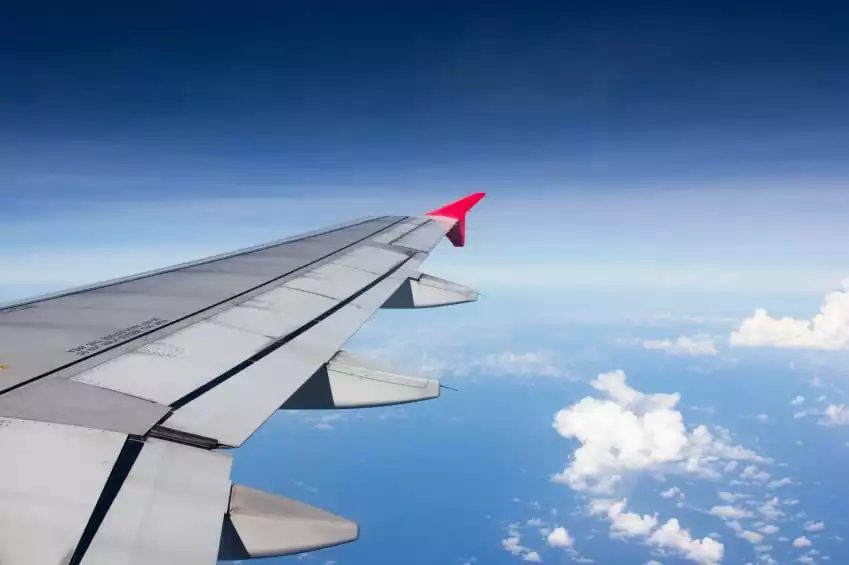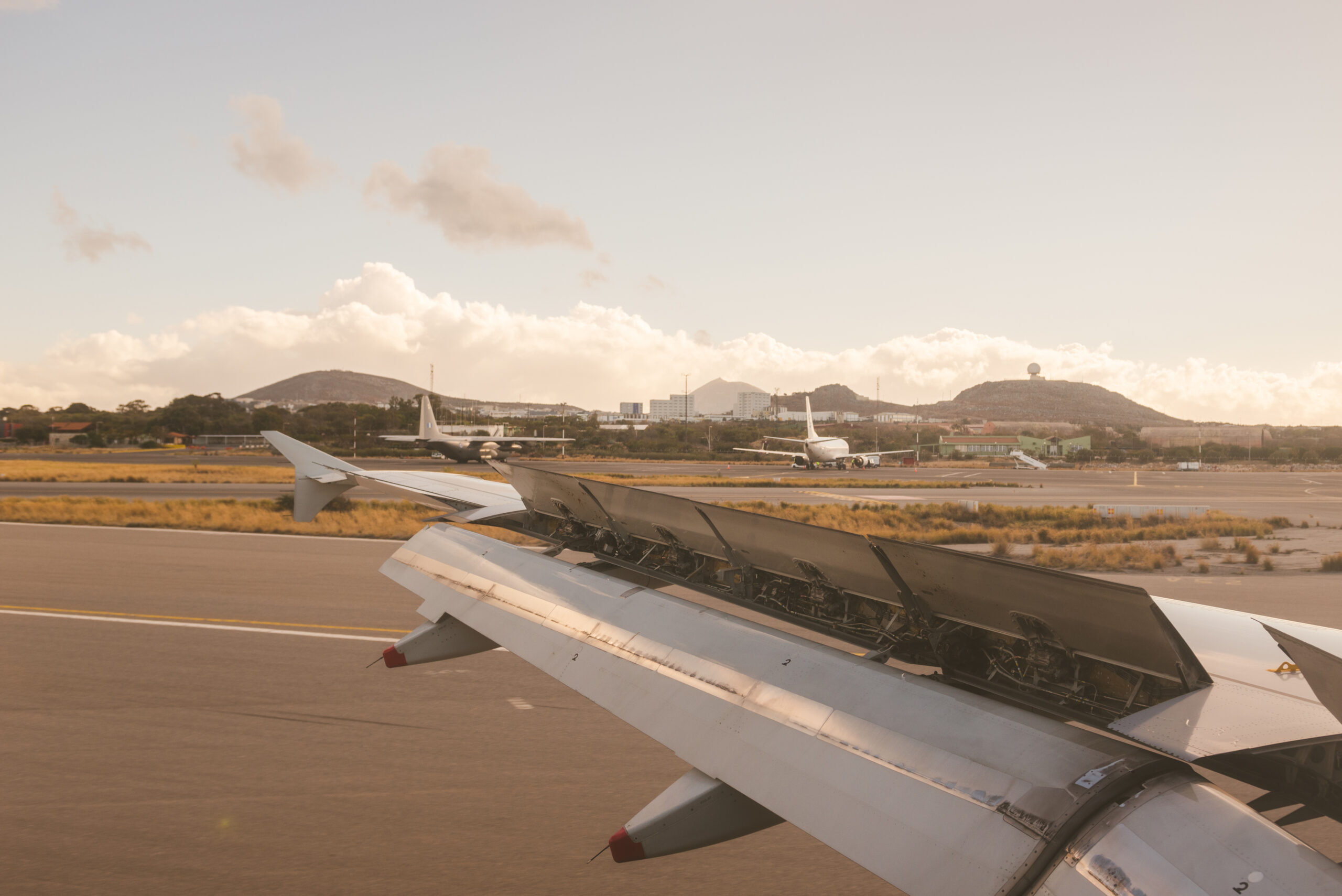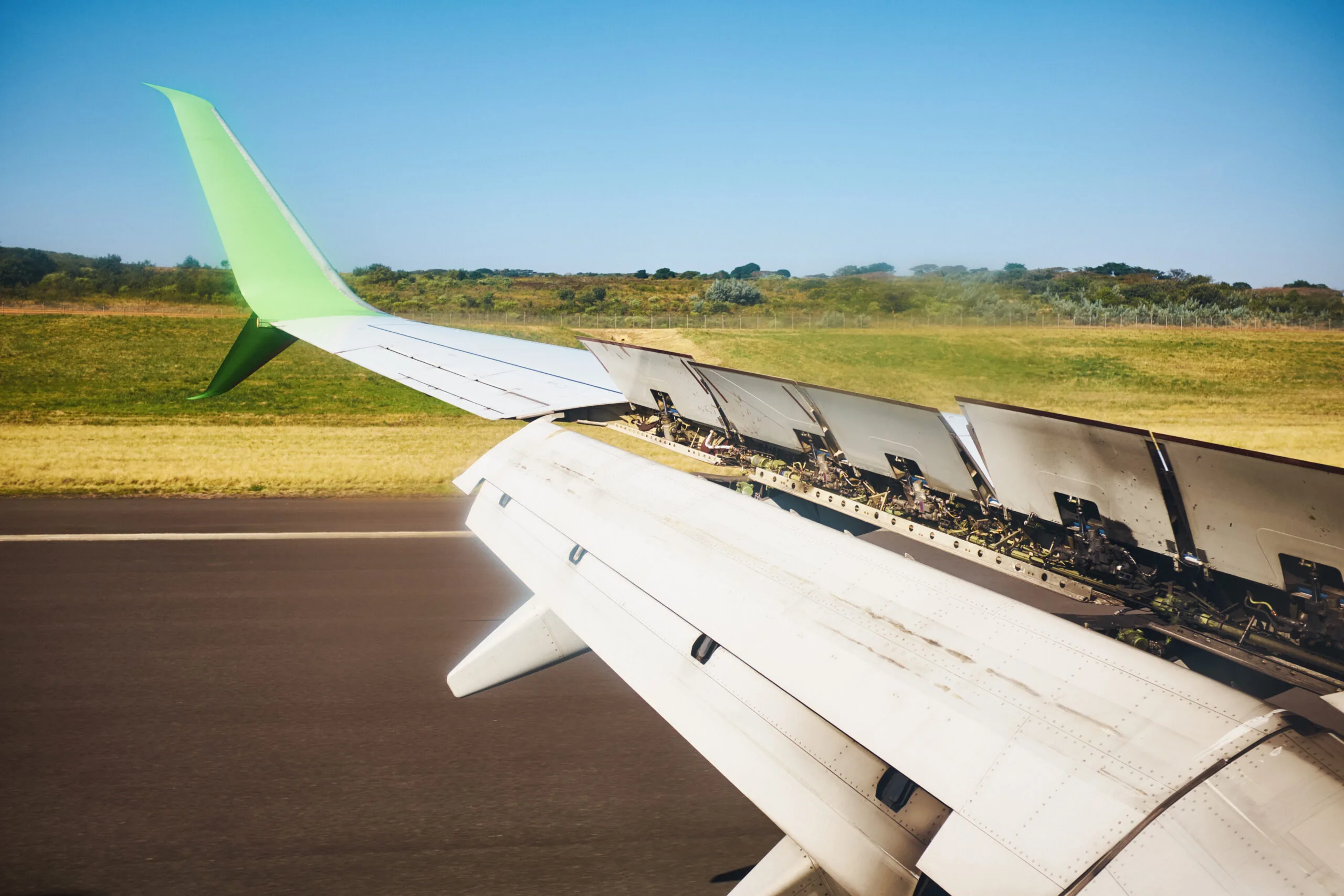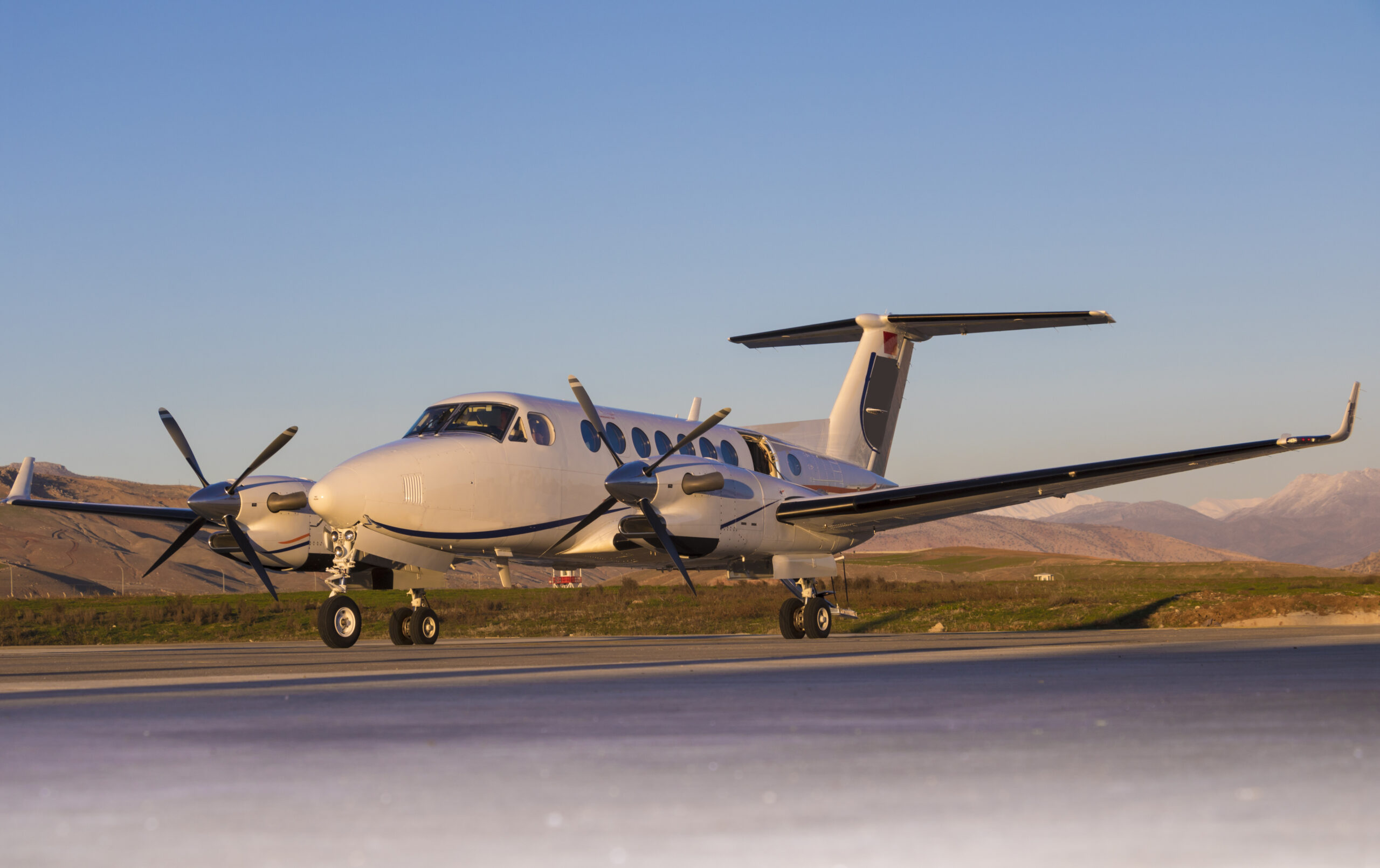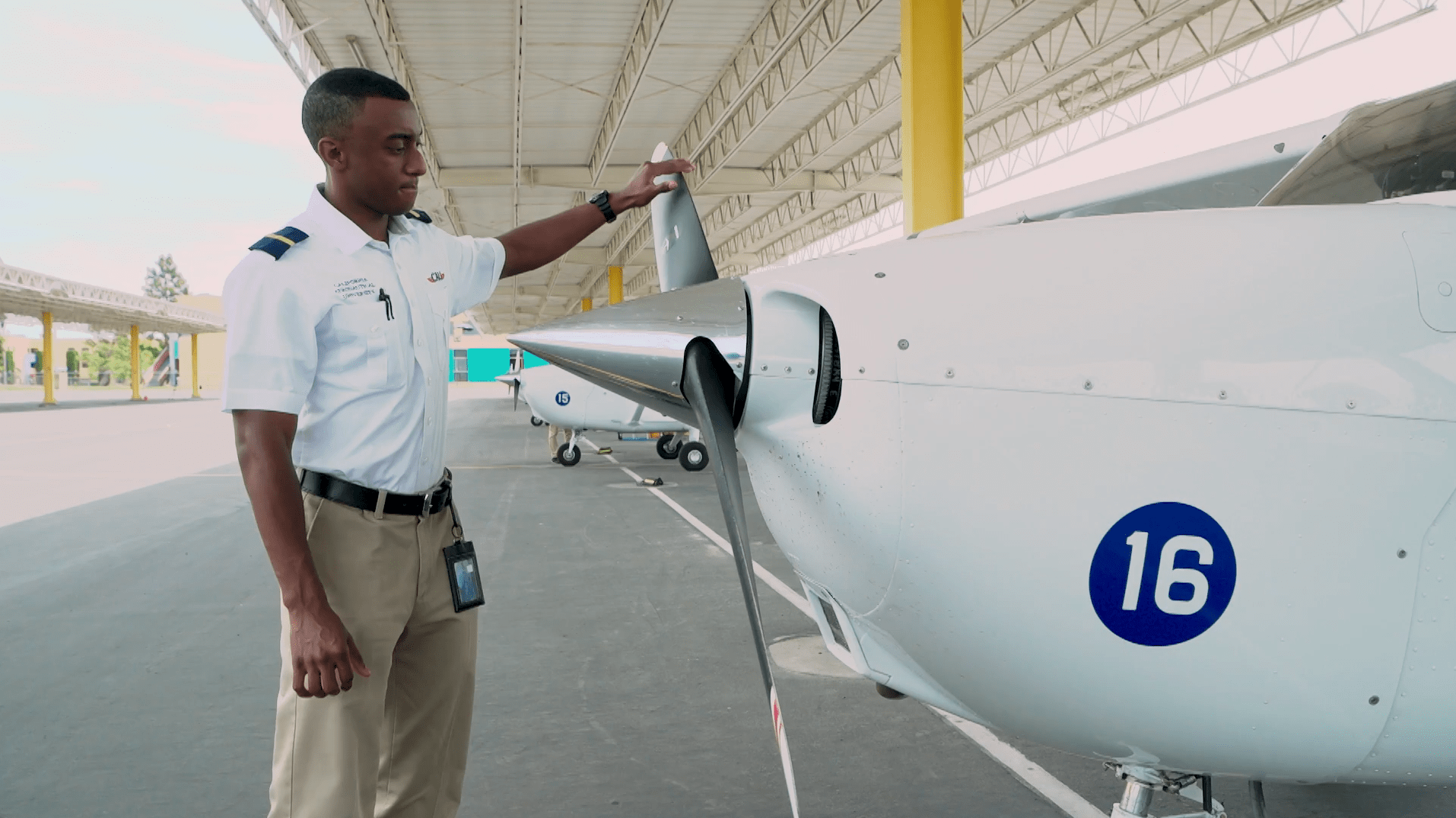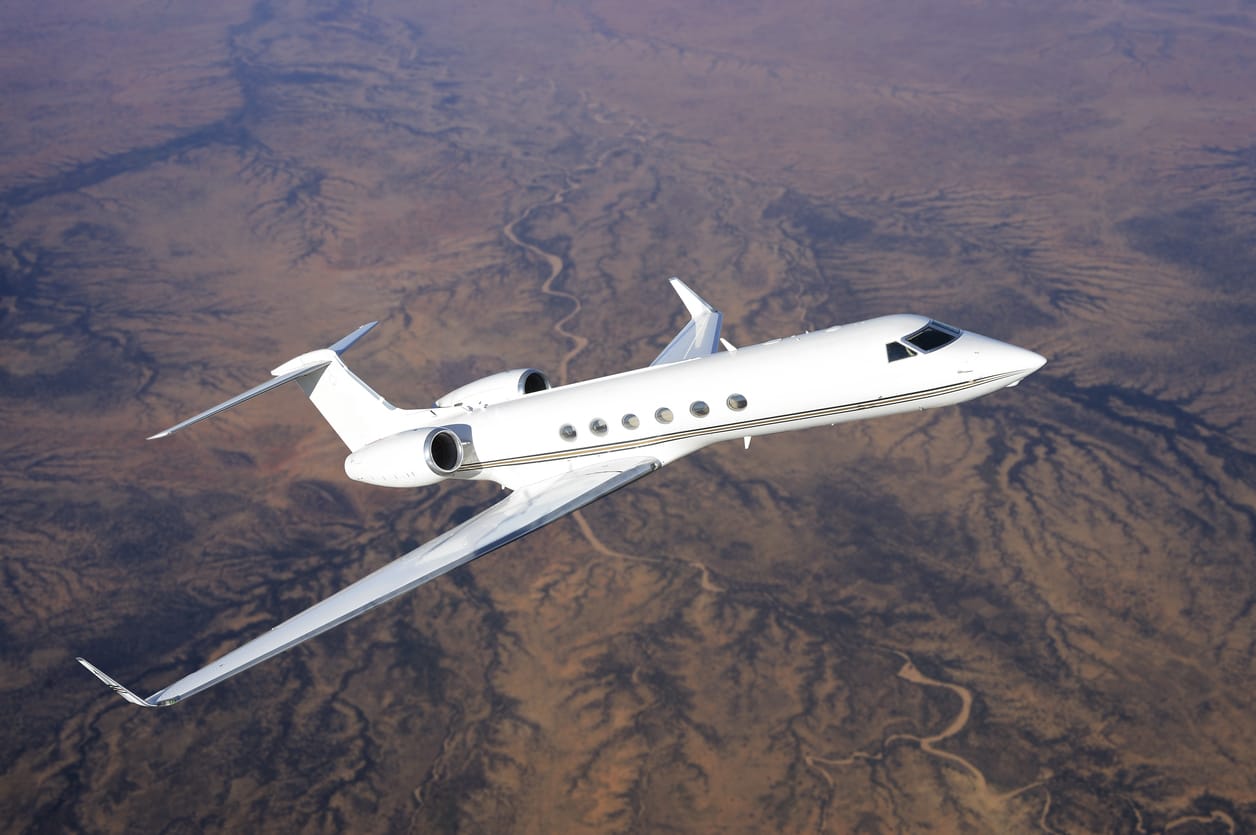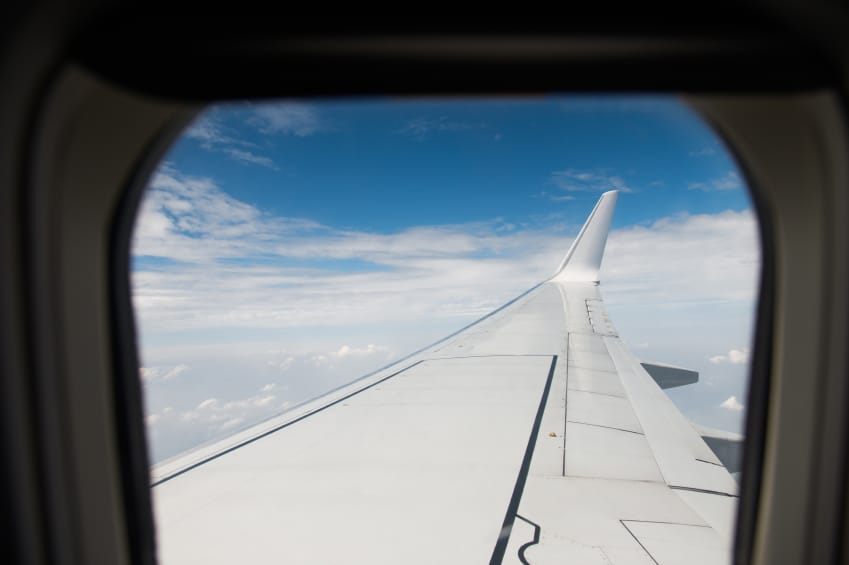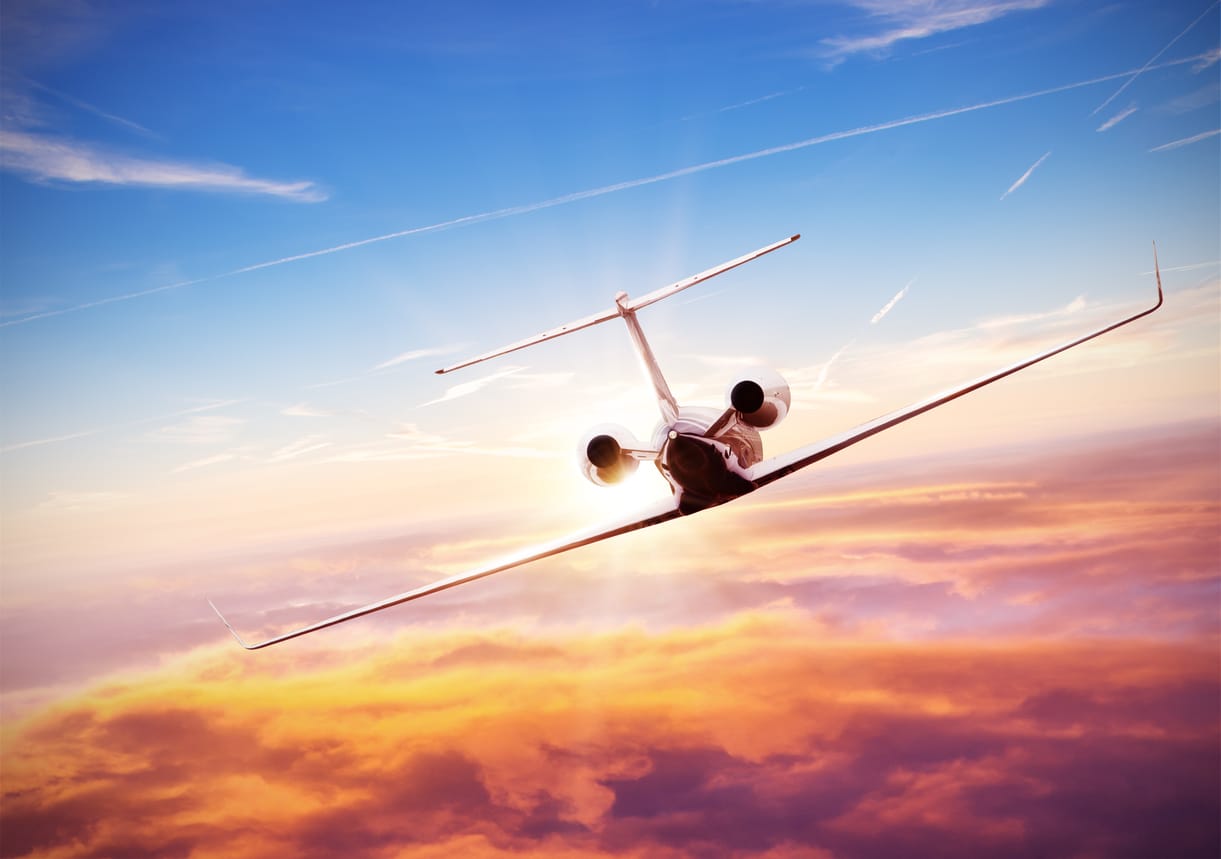When someone says the word “airplane,” a lot of different visuals might come to mind—the 1903 Wright Flyer (the world’s first airplane), a World War II fighter, or a huge passenger jet with a modern cockpit. The fantastic part about aviation is that all of these images apply. Since it landed on a runway like an airplane, even the Space Shuttle can be considered part of the family. They are all airplanes, just different types. All have changed to keep pace with developing technology and the changing role of aviation on the world stage. No matter what you see when you think of an airplane, your first mental picture played a role in the cutting-edge wonders that are part of today’s aviation industry.
The Wright Flyer
The Wright Brothers, Wilbur and Orville, are considered the fathers of aviation. Not only did they successfully undertake the first powered flight in a heavier-than-air craft, they designed the airplane, which accomplished the feat. While many at the turn of the 20th century were racing to solve the riddle of safe aviation, the Wright Brothers were the first to sustainably crack the code. But they didn’t come upon their design by blind luck. Their clever and efficient propeller design and attention to a specialized transmission system, for example, played a major role in their success.
The Wright Brothers were bicycle makers in Ohio, and their skill in building and understanding movement played a major role in designing their boxy Flyer. While it’s not what we’d consider a sturdy aircraft to look like today, the 1903 Flyer was carefully tested and re-tested in a wind tunnel of the brothers’ own making. The pair studied seagulls wheeling overhead at their testing site on the beaches of North Carolina, experimented with engines, and tackled issues of lift and drag, not to mention maneuverable control surfaces. Their hard work, ingenuity, and struggle for understanding led to a machine that carried a single pilot to the dawn of the aviation age.
Early Aviation
The earliest airplanes were controlled by cables and powered by reciprocating piston engines. These types of engines convert pressure via pistons into energy. Piston engines can take many different forms. In their designs, engineers were always balancing weight with power, and struggled to find ways to best produce lift in a safe and controllable manner. Where wing design was concerned, biplanes were the order of the day.
One airplane which represented a major step forward in aviation design was Hugo Junkers’ F-13. You may not have heard of it, but you appreciate its innovation every time you step into a modern aircraft. The F-13 was the first all-metal airplane, a massive modernization that came only about a decade after the Wright Brothers’ first flight. It could operate as a float plane and carried up to six people. The F-13 was not only metal, it pioneered a closed cockpit, an important improvement on the open cockpit of the Wright Flyer, which was designed for a single lying-down pilot minding the controls. The F-13 also introduced a low wing design and reshaped how early aviation engineers thought about streamlining.
Jet Engines and the Passenger Era
War did a great deal to push forward the development of aviation. Airplane were used in World War I, and since single-combat dogfights quickly developed between the warring nations, emphasis from designers was on maneuverability and speed. Larger but noisy transports were in the early stages of passenger aviation. While some designers tackled the idea of jet engines between World War I and World War II, the push to develop a reliable and safe engine which operated on condensed air and turbines took place throughout World War II.
The first jet fighter, the German Me 262, made an appearance in the war, but not very often, as it consumed fuel at an astonishing rate. Concurrently, a British designer worked out an engine for a jet fighter, the Gloster Meteor, but this plane was not used for combat because it did not move quickly enough.
Once the war was over, the development of jet engines and sleeker airplanes came to the fore. Swept wing designs began to appear more frequently. Restrictions on fuel and materials were lifted, and a workforce which had a great deal of mechanical training and hands-on experience with aviation came together to develop the glamor age of aviation. Propeller airplanes were refined to provide a comfortable passenger experience. The Lockheed XC-35, the first passenger airplane with a pressurized cabin, signified advancements in fuselage design as well as improvements to radial engines.
Meanwhile, the Air Force’s Bell XS-1, designed in the mid-1940’s, dropped from the bomb bay of a B-29, and, powered by a rocket engine, ushered in the space age. While rocket planes remain largely the domain of the military, recent increases of investments by private companies in such technology sustains hopes that such aircraft might be more common someday.
General Aviation, Glass Cockpits, and Attention to Economy
In the 1950’s and early 1960’s, hopes were high that airplanes would become America’s next automobile, and that pilot licenses would be as common as driver’s licenses. Small, dependable trainers such as the Piper Cherokee and a line of Cessnas were used by the military as well as civilian pilots.
As technology shot forward with the launching of satellites and development of lighter materials in the space age, pilots became more and more accustomed to learning to fly with GPS, automatic pilot, and such innovations as ground proximity warning systems. Winglets and sleeker designs provided greater speed and flight stability, and the needle-nosed supersonic Concorde seemed to promise a turbojet-saturated future.
Now that pilots work so often with electronics, airplane designers have begun to focus on human factors such as stress overload, help with multitasking, and avoiding sleep deprivation. In the cabin, passengers can enjoy WiFi for a fee, but with many airlines consolidating and competing for economy passengers, the days of dressing up for a glitzy flight are long gone. What’s next?
Ready to soar in your aviation career?
Mr. Matthew A. Johnston has over 23 years of experience serving various roles in education and is currently serving as the President of California Aeronautical University. He maintains memberships and is a supporting participant with several aviation promoting and advocacy associations including University Aviation Association (UAA), Regional Airline Association (RAA), AOPA, NBAA, and EAA with the Young Eagles program. He is proud of his collaboration with airlines, aviation businesses and individual aviation professionals who are working with him to develop California Aeronautical University as a leader in educating aviation professionals.

